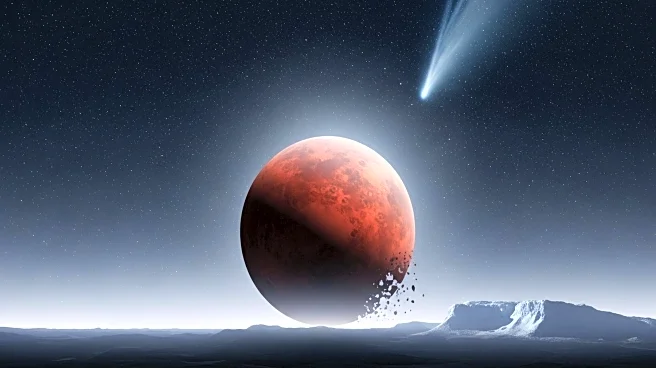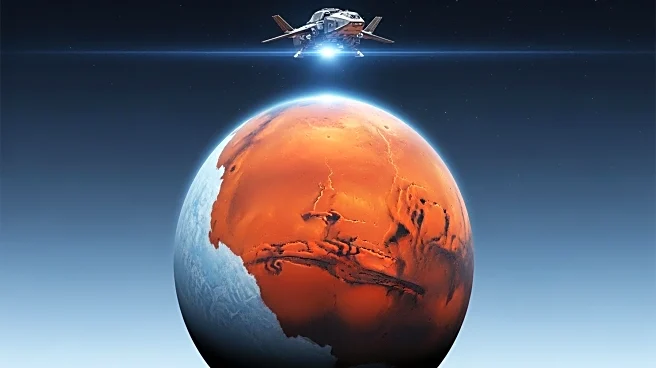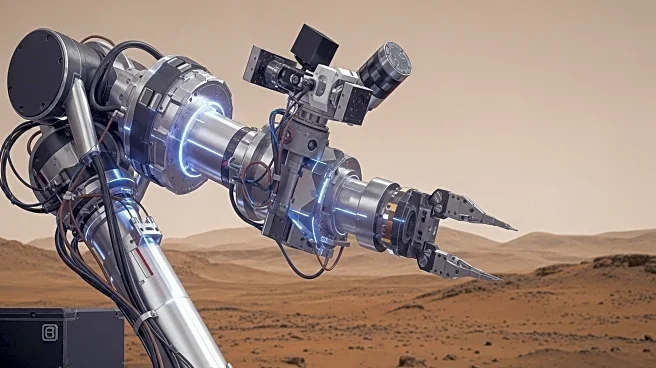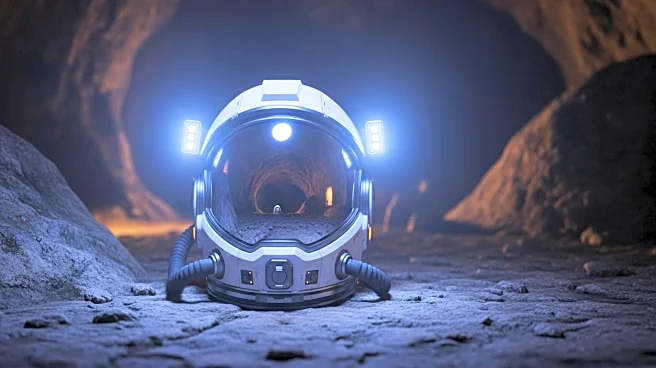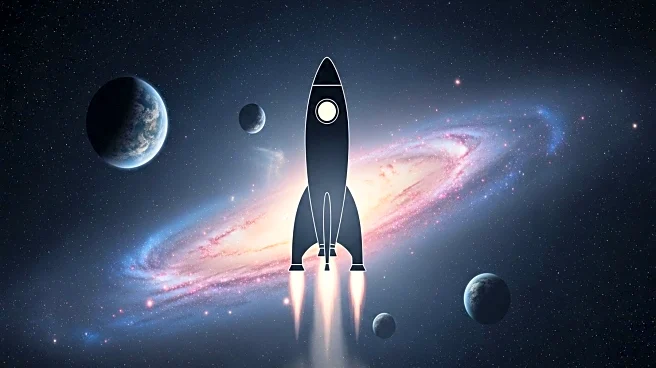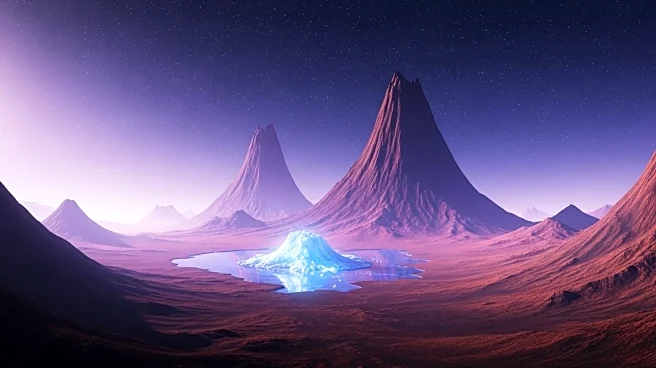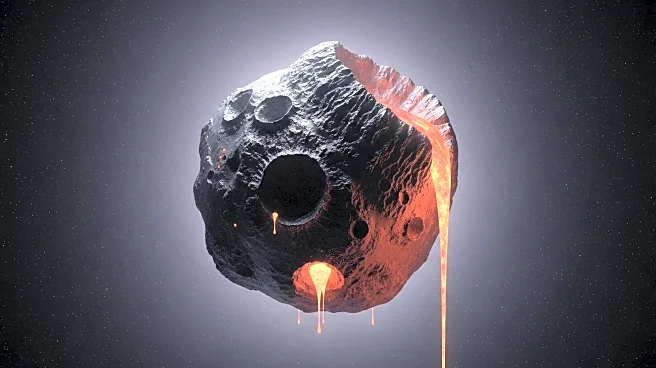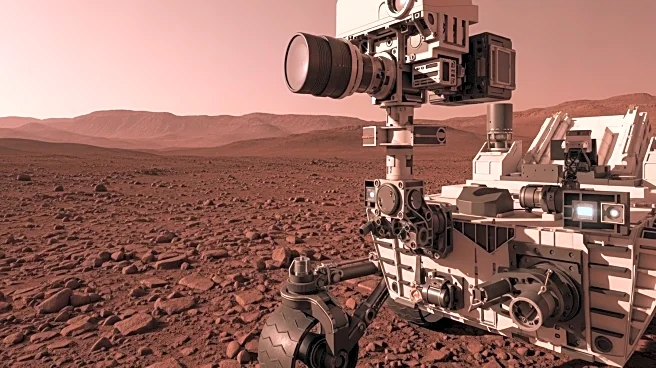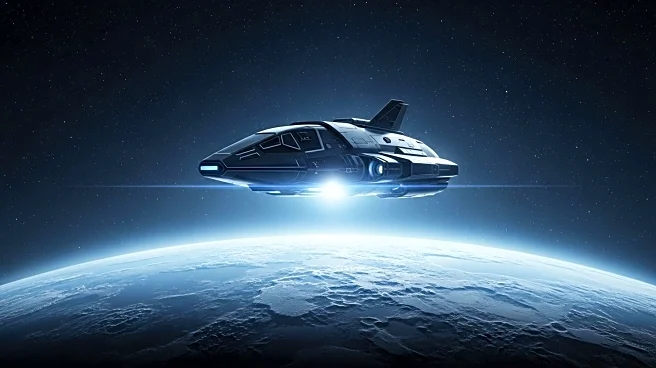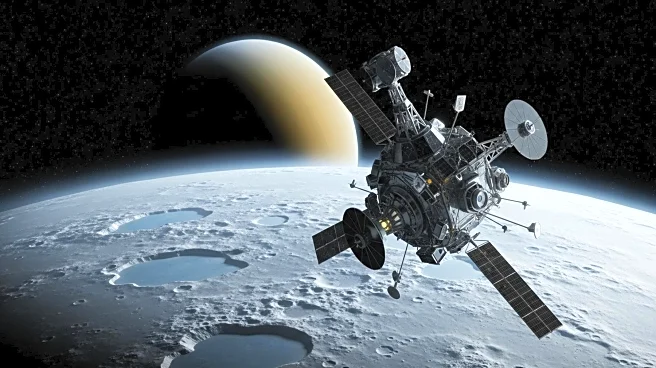What's Happening?
A recent study has identified multiple ice ages on Mars, revealing that the planet's ice has decreased over millions of years. Researchers examined Martian craters using high-resolution images from NASA's Mars Reconnaissance Orbiter, finding evidence of past glaciers and ice deposits. The study, led by Associate Professor Trishit Ruj from Okayama University, discovered that Mars experienced ice ages between 640 and 98 million years ago, with each cycle resulting in less remaining ice. The findings suggest a gradual desiccation of Mars, driven by shifts in the planet's axial tilt.
Why It's Important?
Understanding Mars' ice history is crucial for future exploration missions, as buried ice could provide essential resources for astronauts, such as drinking water, oxygen, and rocket fuel. The study's insights into long-lived ice deposits can help identify safe and resource-rich landing sites for robotic and crewed missions. This research also contributes to our knowledge of Mars' climate history and its implications for astrobiology, as ice deposits may hold clues to the planet's past habitability.
Beyond the Headlines
The study highlights the importance of climate models in understanding planetary history and the potential for using Mars' resources to support human exploration. It also raises questions about the ethical considerations of utilizing extraterrestrial resources and the impact of human activity on Mars' environment. As space exploration advances, these discussions will become increasingly relevant.
